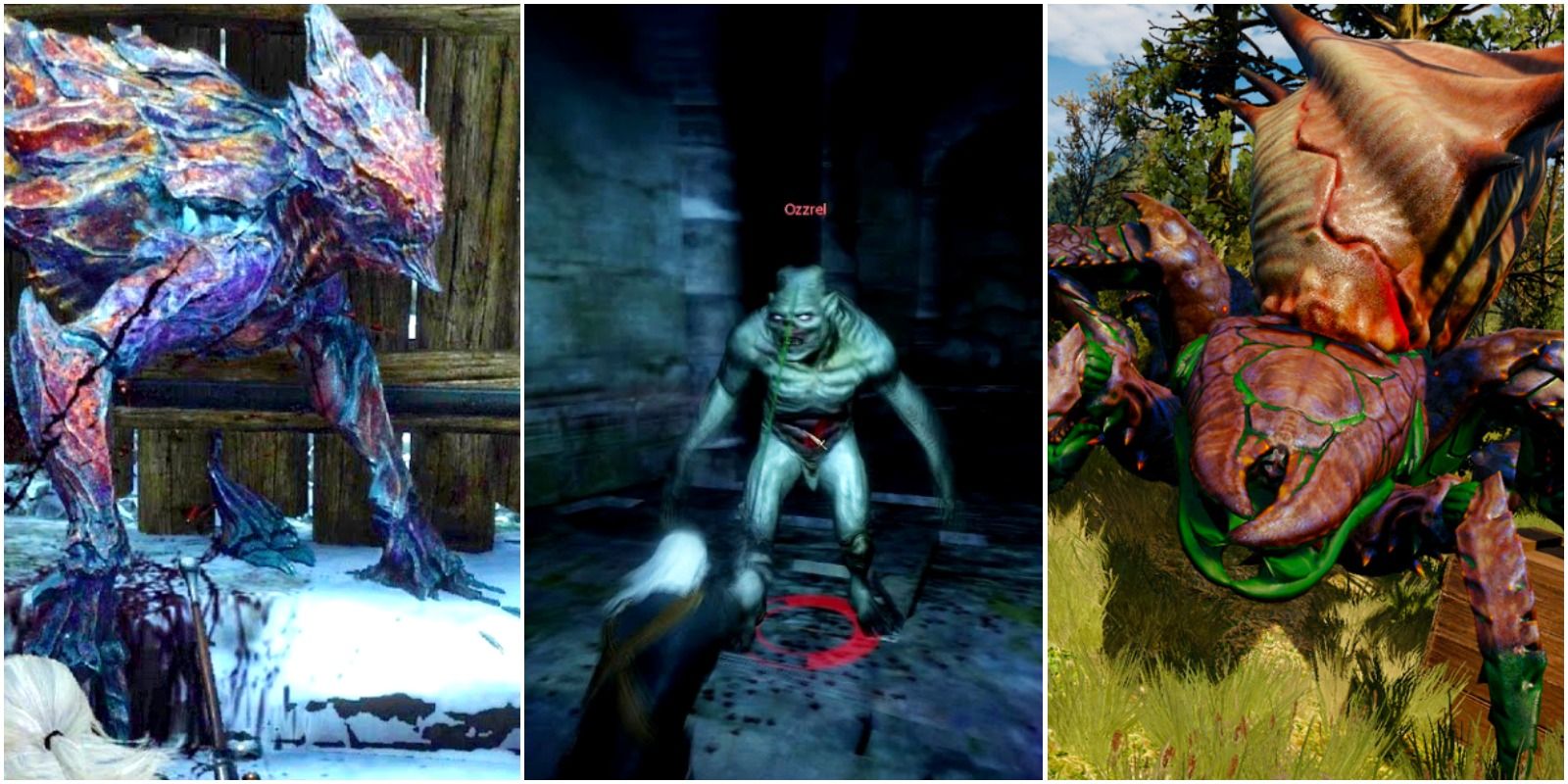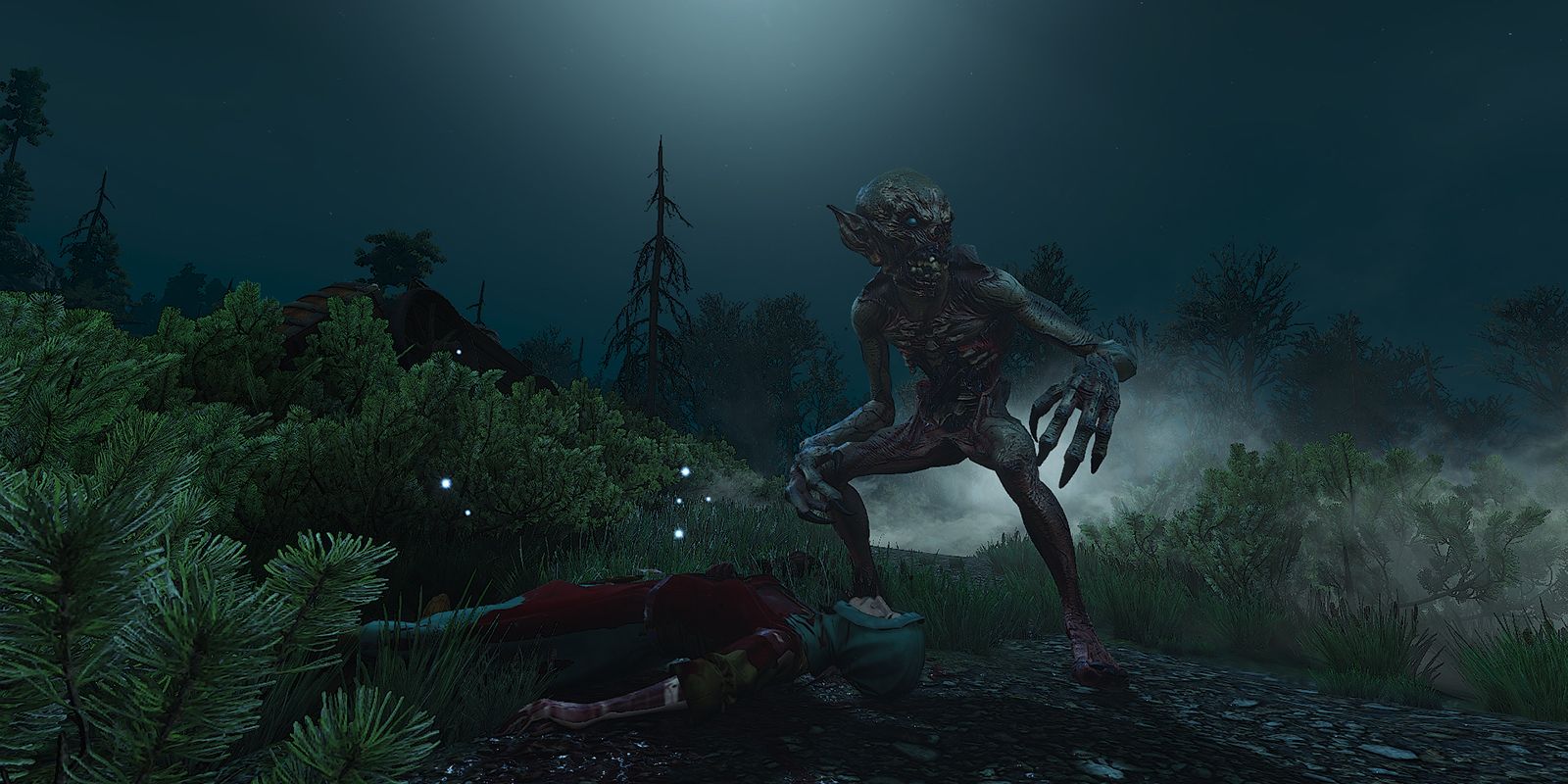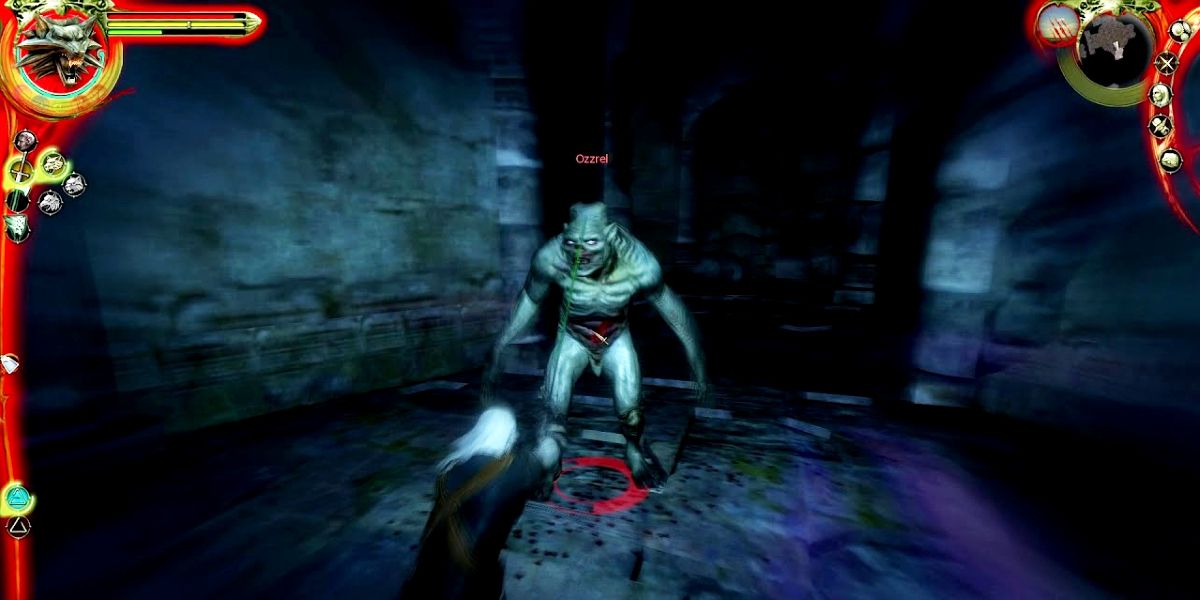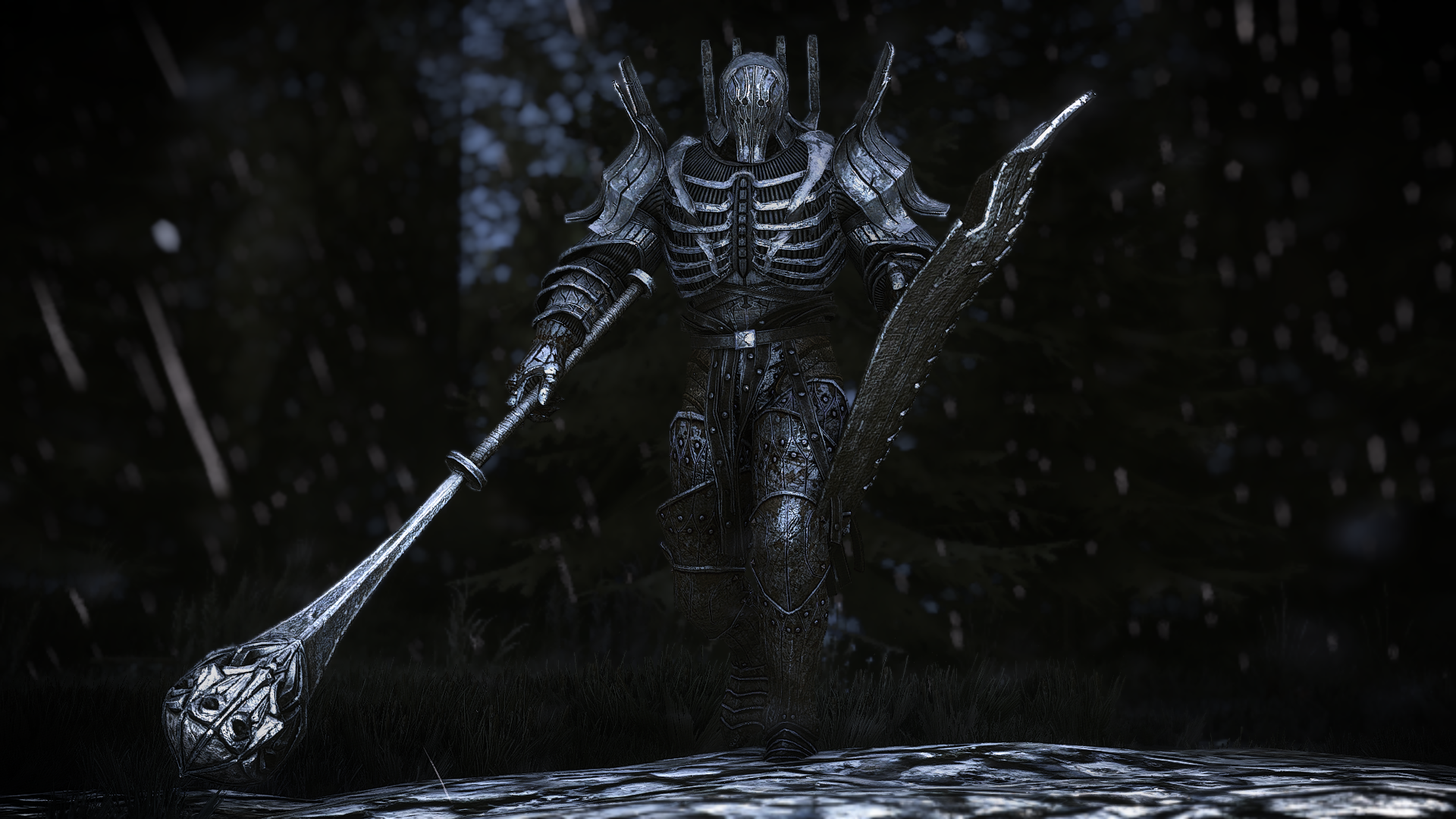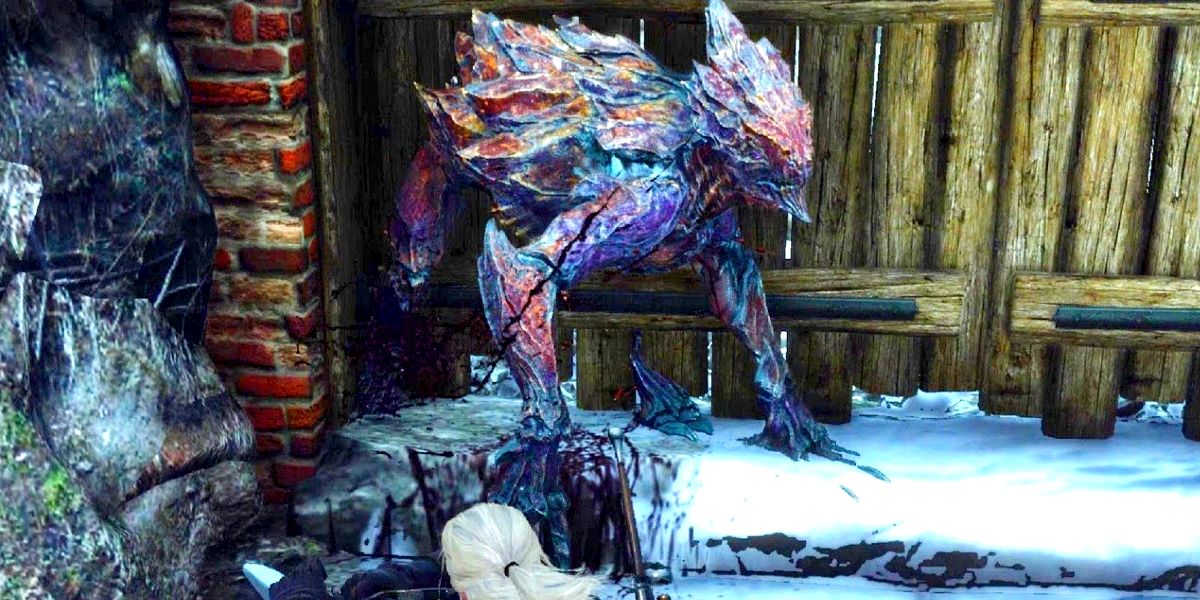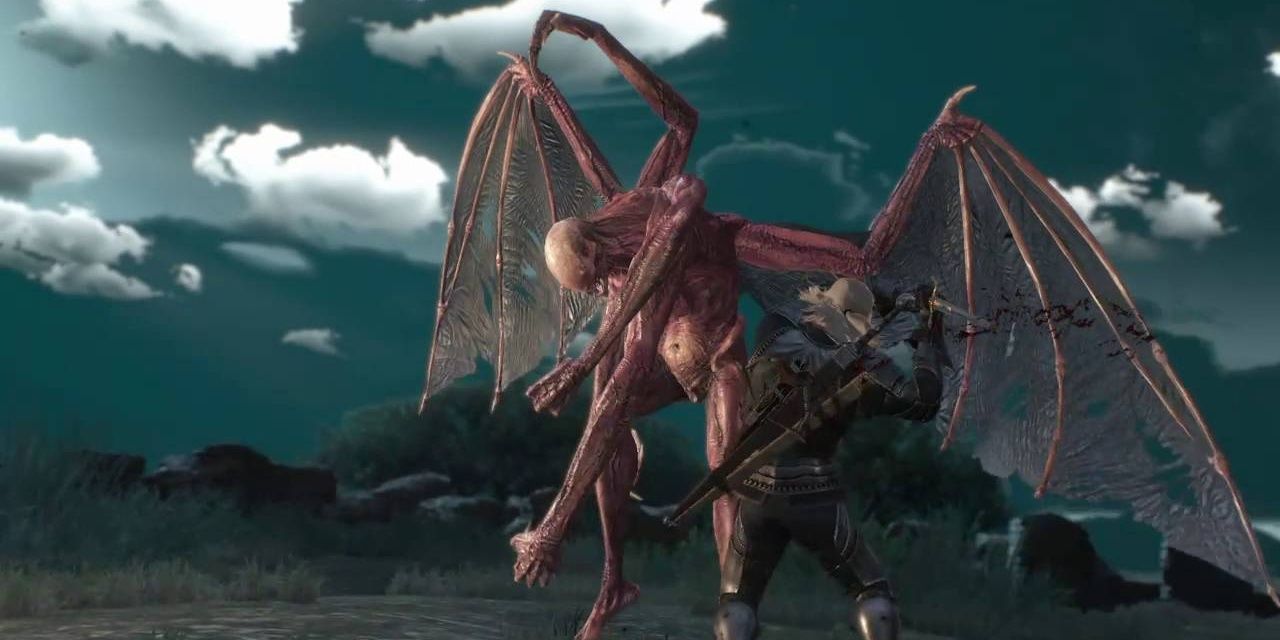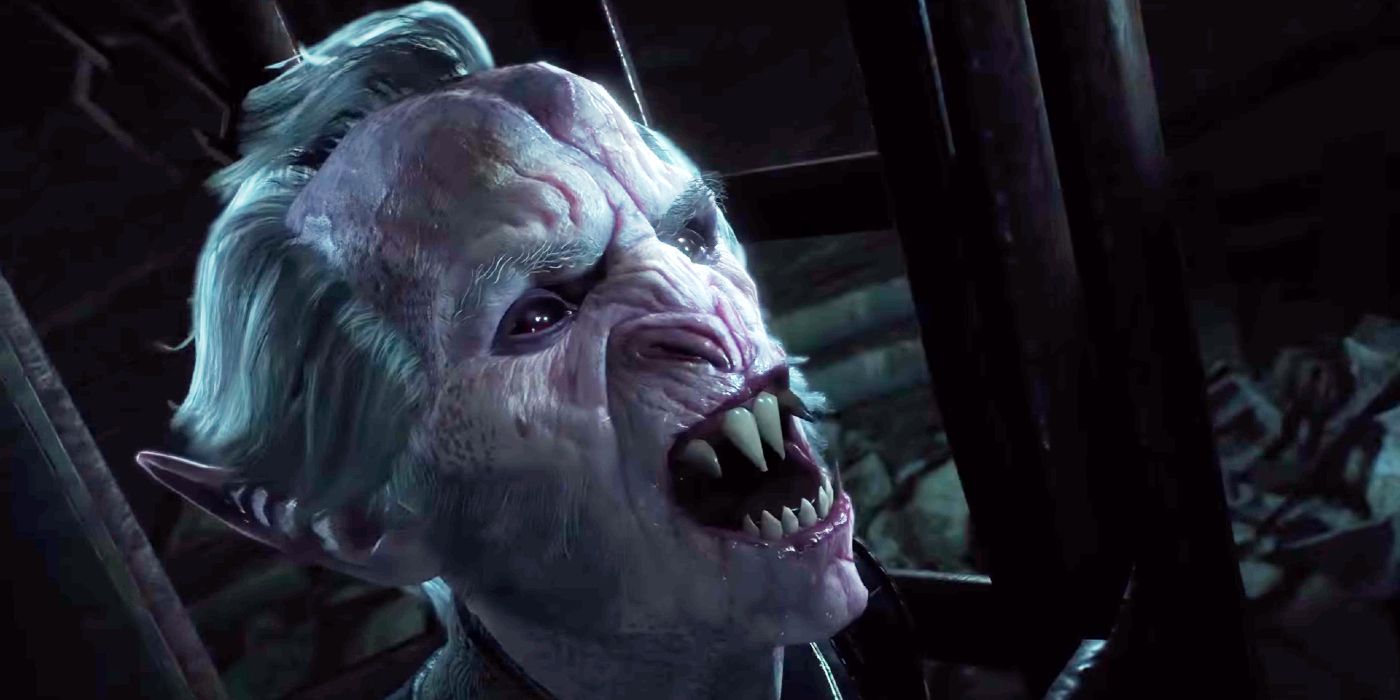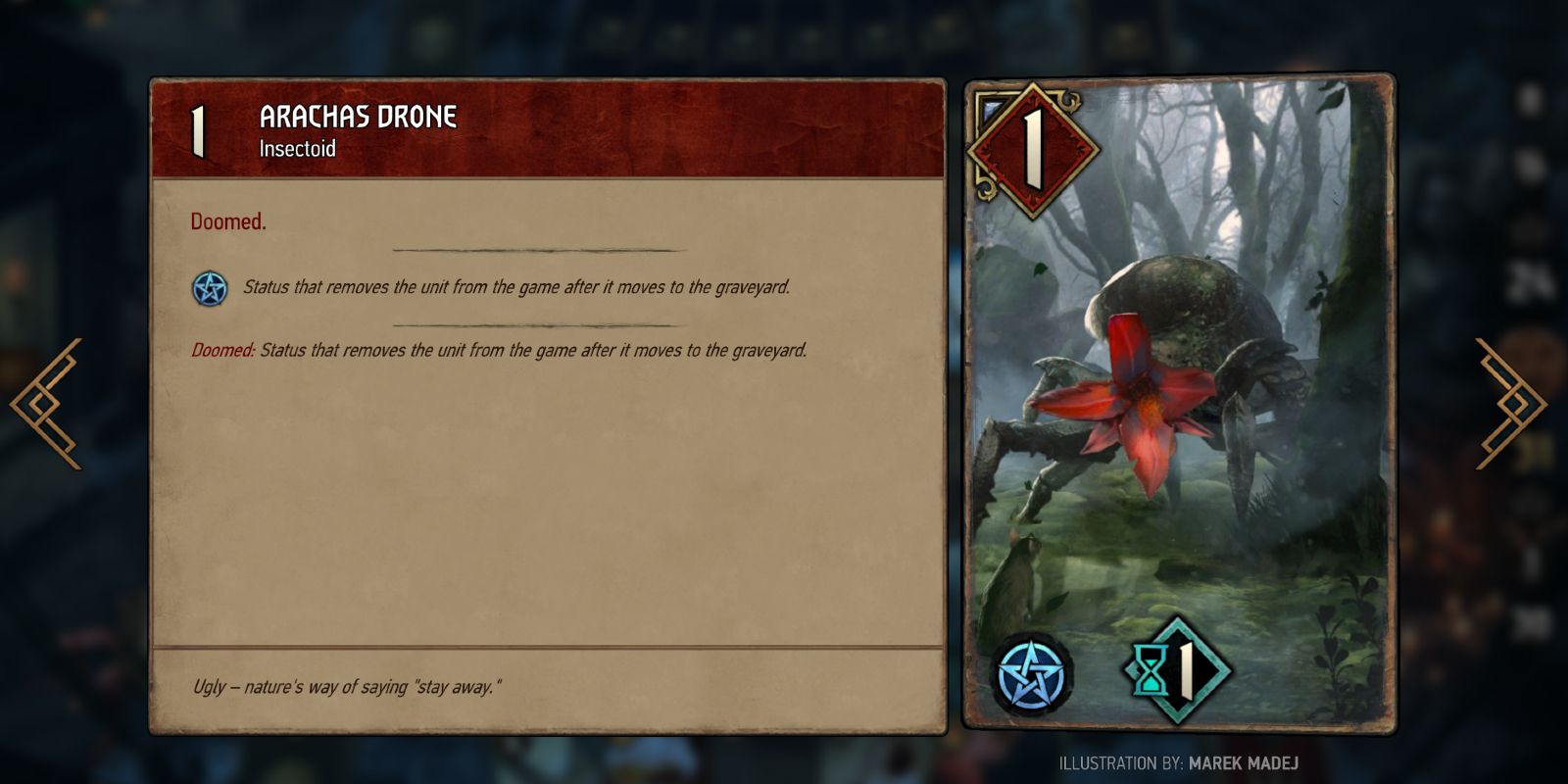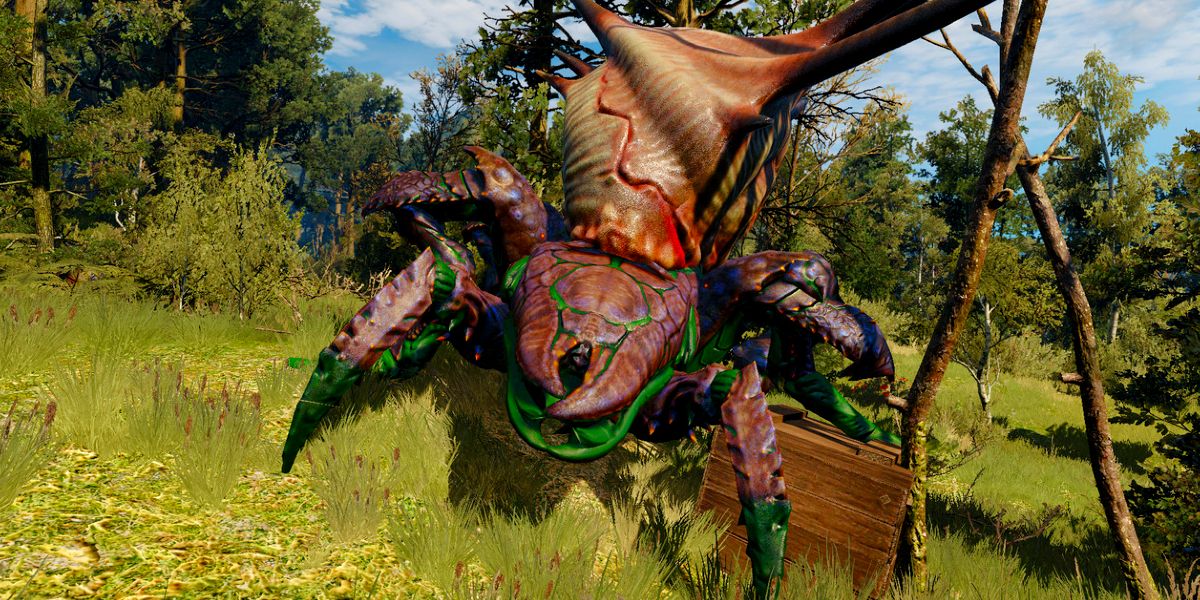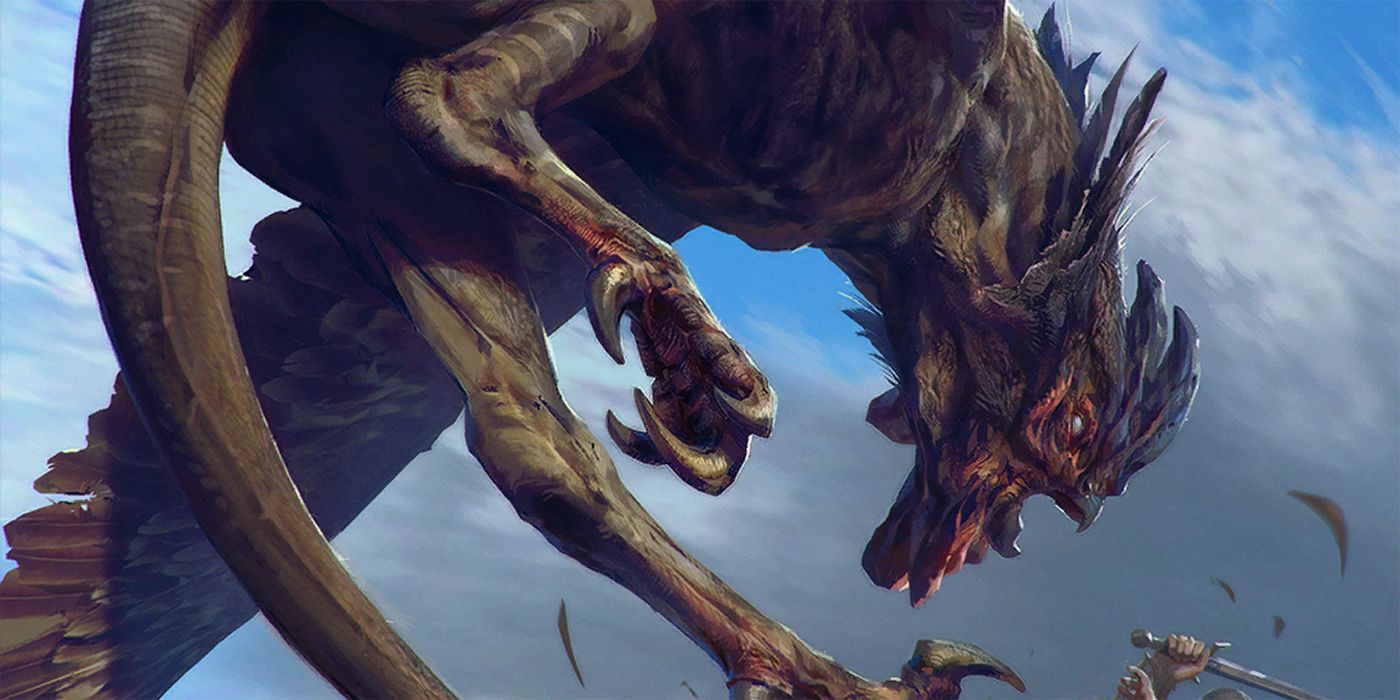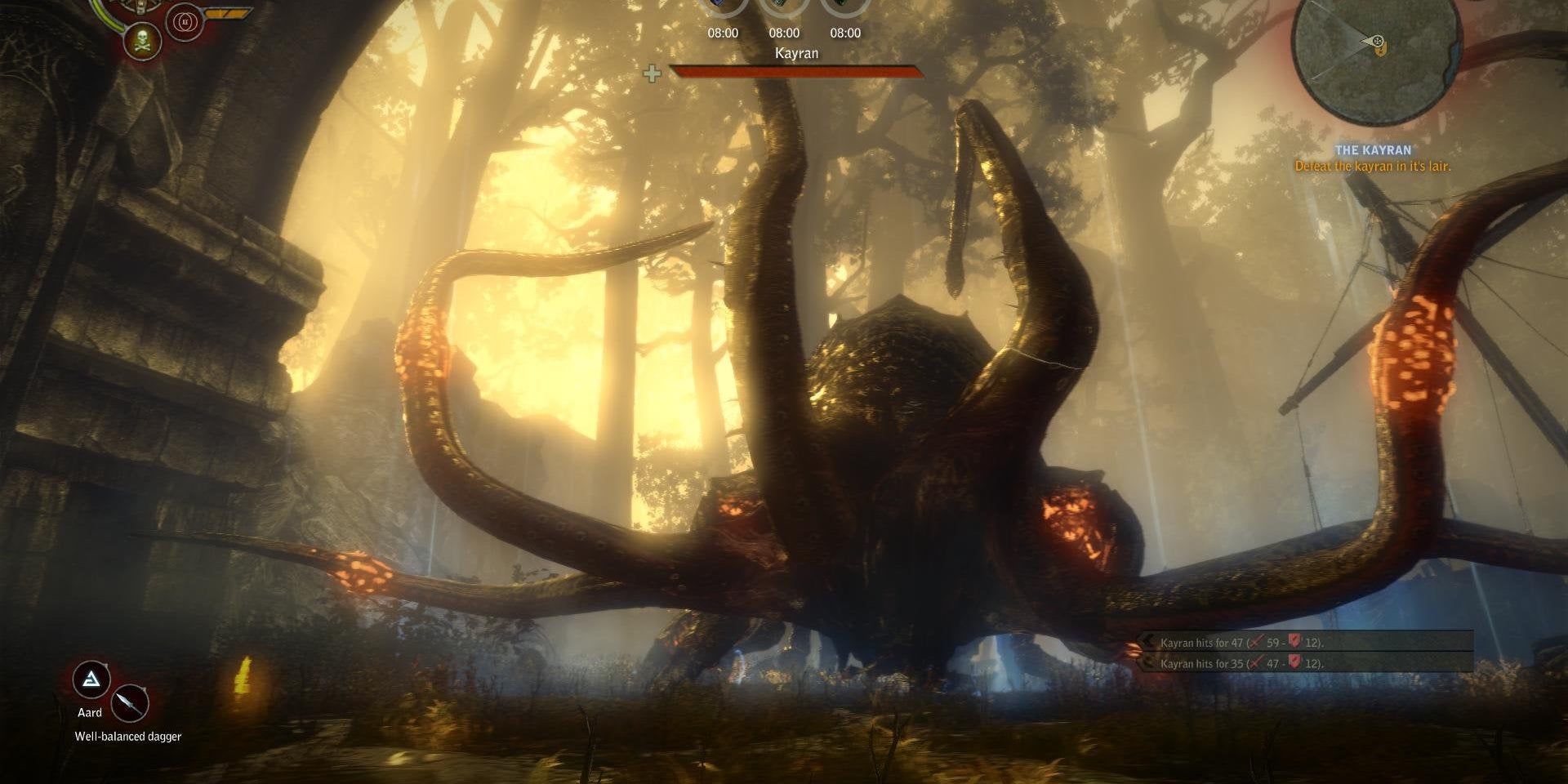Gwent, like the main games in The Witcher series, requires strategy and preparation to be successful. Big numbers do not always yield big results and can at times be nothing more than a target painted on a unit. Each faction has its own strengths, weaknesses, and strategies that players can employ. With so many possibilities, it is up to the player to decide what are the best or worst cards for their deck.
The Monster faction tends to involve lots of brutal tactics. Those that involve sacrificing one's own units or assailing foes with odd and sometimes unpredictable afflictions. Though, not all are as sinister as their faction name implies. For a deck heavily reliant on synergy, the weakest link in the chain can leave one open to defeat.
10 Worst: Ancient Foglet
Having 'Ancient' as a description usually makes one think of this monster as being powerful. That can be true with many foes, but not for the Foglet. These minor necrophages can only pose a threat when accompanied by fog, as one would expect, but the results are not very impressive. Having fog on the field will boost the Ancient Foglet by 1 at the end of each turn, which is a negligible amount compared to how much, and how quickly, one can boost other cards in this faction.
9 Best: Ozzrel
This huge and named Alghoul, originally from the first main series game, is a great choice if one plans to implement Consume-related strategies or is looking to increase the number of necrophages in one's deck. Depending on which row one plays them, this hungry fiend can devour a card in either the player's or the opponent's graveyard. This can make recovering the power of a fallen comrade quite easy or can prevent the opposition from implementing strategies focused on graveyard play.
8 Worst: Imlerith
For a foe with such a reputation, Imlerith's Gwent representation is not the most fitting. Like most Wild Hunt cards in the Monster faction, his usage is tied to the Biting Frost effect. Though even with the boost his offensive ability has under cold conditions, the 8 maximum damage he can deal still won't do much against stronger opponents. Being a gold card means that his usability is further diminished unless one uses strategies specifically meant to get him onto the field, like with Naglfar, but this usually isn't worth the time.
7 Best: Wild Hunt Hound
One would not expect such a common card to be as widely used as it is. These feral beasts can summon forth the Biting Frost card from a player's deck, making it very easy to bury an opponent in ice and snow.
Since many Wild Hunt cards have their abilities boosted when frigid weather is present, this makes the Wild Hunt Hounds crucial to maximizing efficiency.
6 Worst: Dettlaff: Higher Vampire
Yet another card that does not live up to its reputation from the main series games. Dettlaff's Deathwish ability allows him to return from the graveyard multiple times, which makes him one of the more resilient cards (despite not have Resilience). Though, with meager power and no other synergizing effects, this gold card is not likely one should use unless they have a specific plan in mind, like repeatedly boosting this higher vampire. But, as they say, it is not wise to put all of one's eggs in the same basket.
5 Best: Regis: Higher Vampire
For a superior higher vampire, Regis is the ideal choice. His ability is an Order, which means it can be played at any point after the initial turn in which he is played, allowing the player to plan their strike according to how events unfold. Able to drain an opponent unit of all boosts, Regis can turn the tide against a particularly power-swollen enemy card.
4 Worst: Arachas Drone
Similar to its very weaker version in Thronebreaker: The Witcher Tales, these insectoid enemies aren't worth deck-space.
The Gwent versions boast a bit more power and can play all other Arachas Drones from one's deck when placed on the field, but the few additional power gained from such a move pales in comparison to many other ways Monster faction cards can get units into the fray.
3 Best: Arachas Behemoth
Spawn abilities are always a great way to bolster one's numbers. Especially if this effect triggers automatically when unleashing one's core strategy. Each Arachas Behemoth spawns an Arachas Hatchling for every time the player consumes another unit. As one is increasing the power of their units with Consume, little spiderling will appear to give one's foe even more things to be concerned about.
2 Worst: Cockatrice
For some reason, this Monster faction card has more synergy with Neutral Beast cards than those from its own faction. Furthermore, its effect, even when used at maximum potential, can only do 2 damage to an enemy unit, and even then only upon deployment. The situational nature of this card lends itself to no worthwhile strategy. It's so weak that opponents would not even bother countering or preventing it.
1 Best: Kayran
A hungry monster of gargantuan proportions, this insectoid is more of a threat than many named cards. Though, sadly, it has been nerfed numerous times since Gwent's early versions. However, that has not stopped this gold card from being a force to be reckoned with. Able to consume any unit with 7 power or less, the Kayran can be an instant counter to many fledgling enemy strategies. Sometimes the best offense is an empty stomach.

